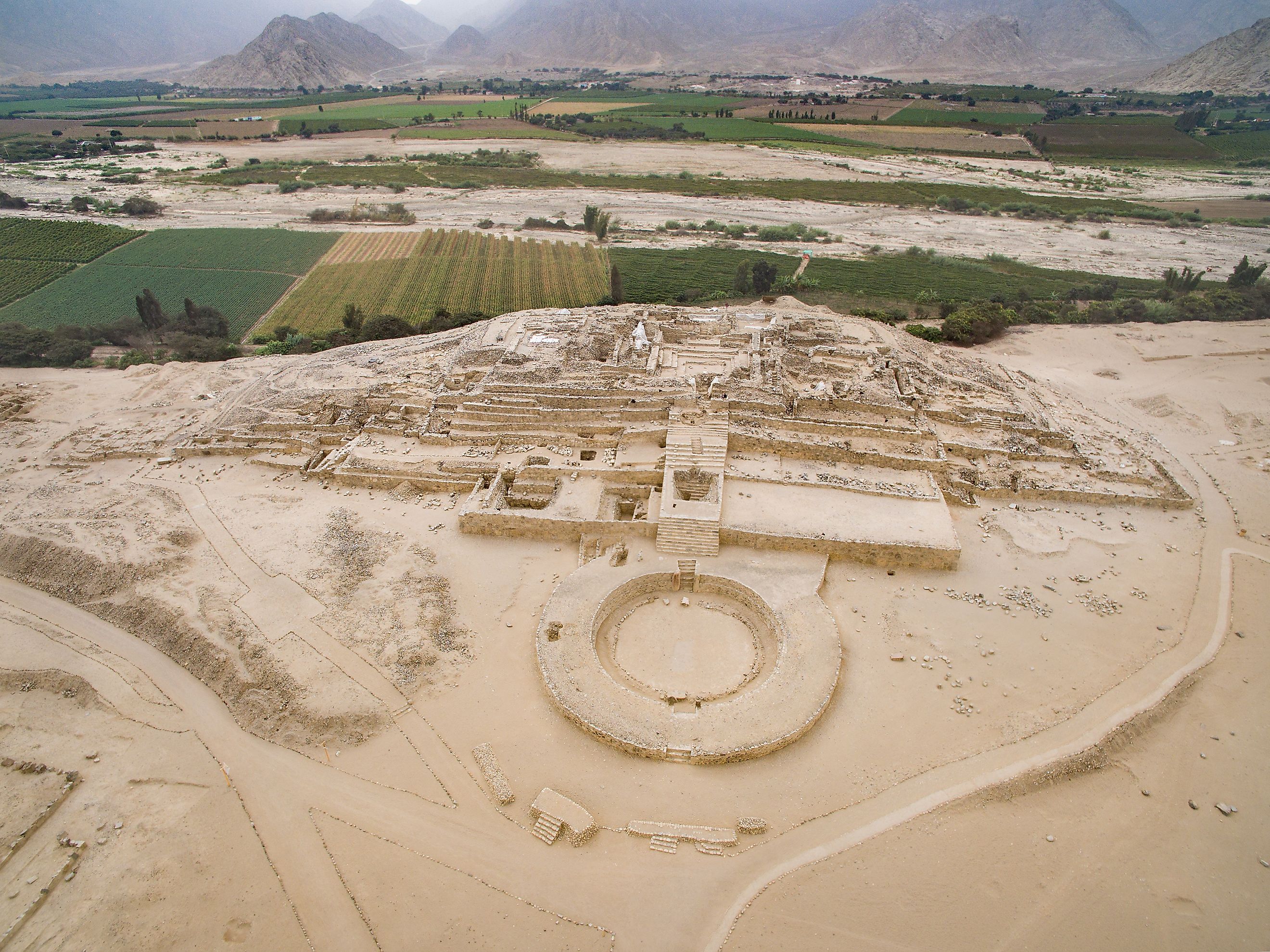
Caral-Supe, The Peruvian Architectural Marvel As Old As Ancient Egypt’s Pyramids
The history of the great civilizations that existed in the Americas before the advent of Christopher Columbus's famed journey across the Atlantic Ocean in 1492 largely remains a mystery. One of the greatest of the lost civilizations of the Americas is the people of Caral-Supe.
Located in what is now modern-day Peru, Caral-Supe is a massive temple complex that spans 1,500 acres. The city is so old that even the name of the people who constructed this impressive wonder has been lost to time.
What Is Caral-Supe?
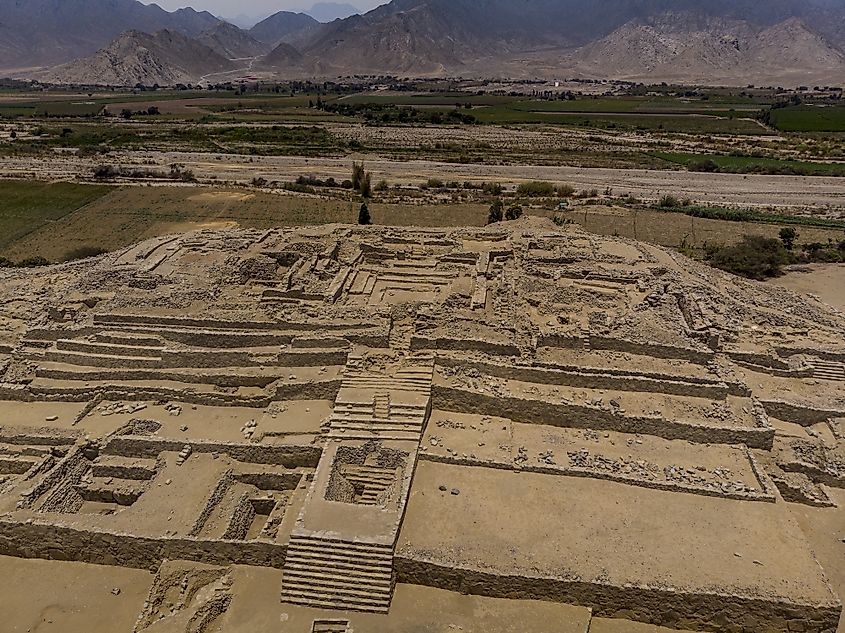
Only 125 miles away from Lima, and another 15 miles away from the Pacific Ocean, lies the ancient city of Caral-Supe. The entire site consists of six large pyramids, the biggest of which is 100 feet tall and has a base large enough to fit a small football stadium.
There is some disagreement about how old Caral-Supe is. Carbon dating suggests that the city is between 4,000 to 5,000 years old. If these readings are correct, then it would mean that Caral-Supe is either older or just as old as some of the pyramids in Egypt.
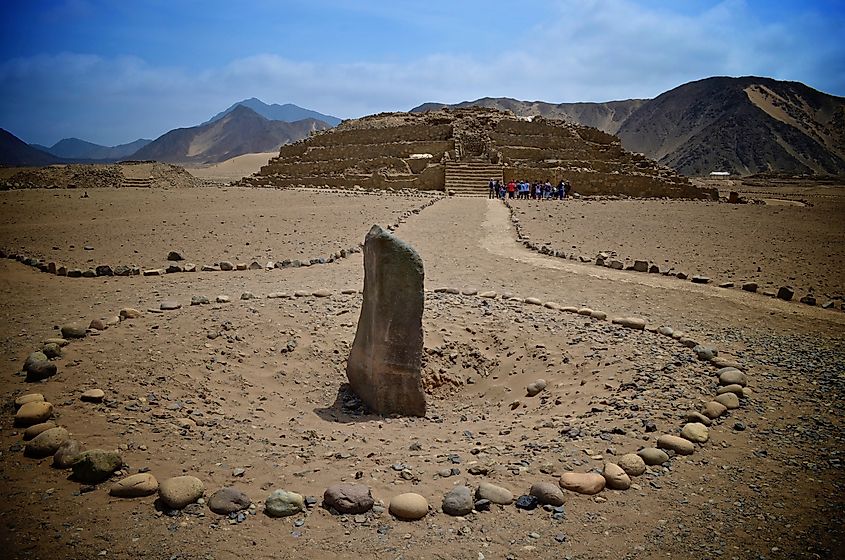
What exact purpose these temples served in this ancient society is unclear, but if the future civilizations that emerged later on are any clue then it is likely that they served both as religious and political buildings.
Who Built The Ancient City?
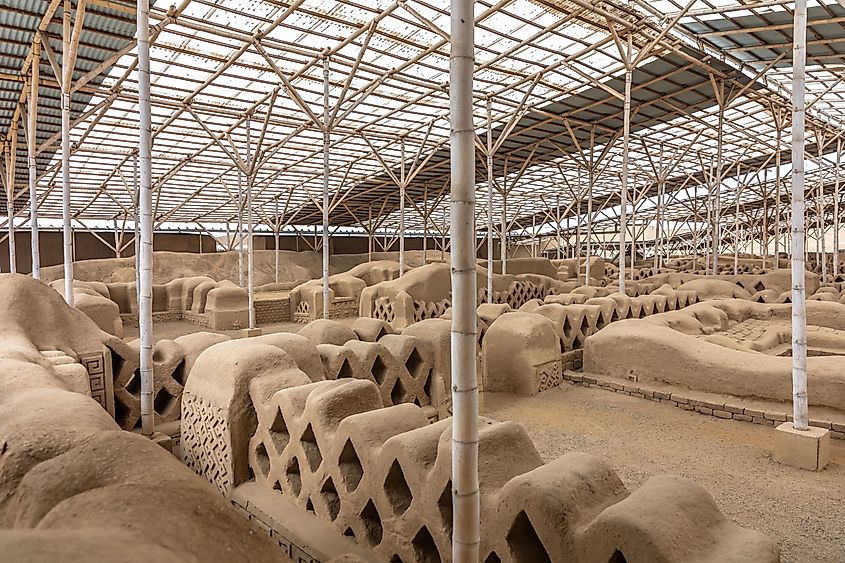
Finding out the identity of the people responsible for building these magnificent structures has tortured archeologists and historians for decades. There has been a considerable effort made within academia to find the birthplace of the common culture across South and Central America, but this date keeps getting pushed back with new discoveries.
Caral-Supe was not completely uncovered until the early 1900s and even then it was not clear to scientists at the time that they had discovered a completely separate and unheard-of civilization. Many had, at least at first, assumed that the complexes were simply remnants of a lost Incan city.
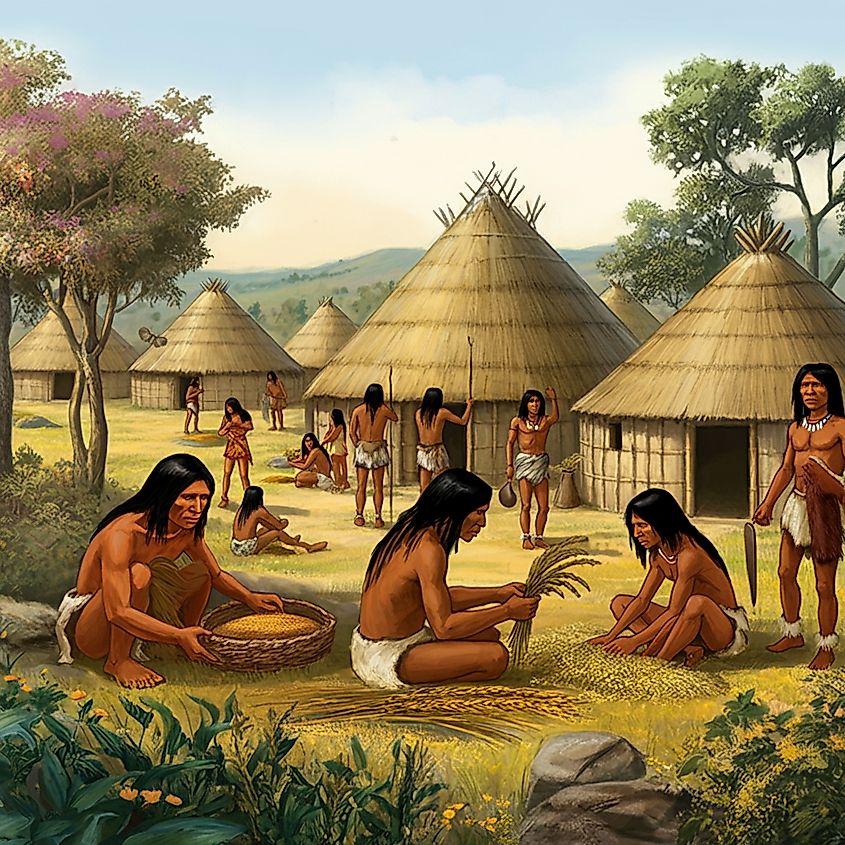
The first clue that Caral-Supe was much older than originally thought was the complete absence of any pottery. No examples of ceramics could be found no matter how small. This has led experts to believe that the city was constructed before the invention of pot-firing technology.
What Was Life Like In Caral-Supe?
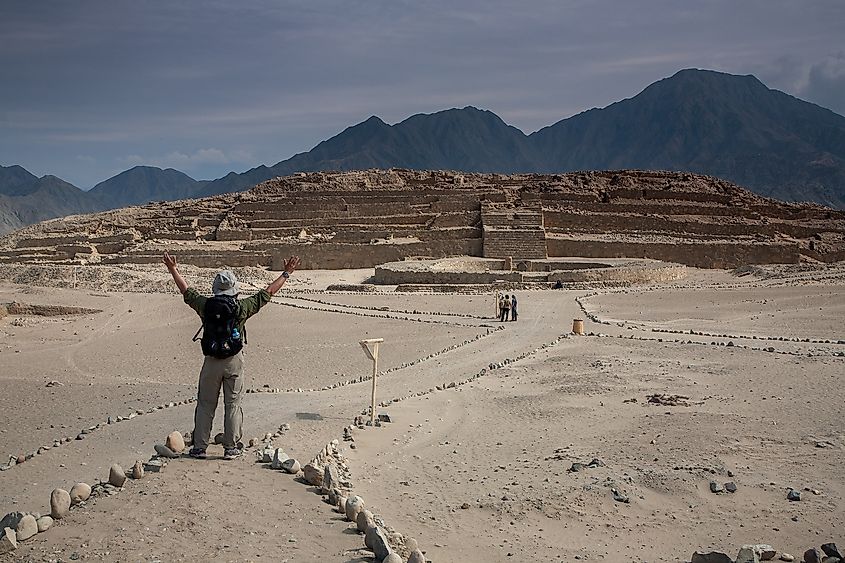
While we know almost nothing about the people who made Caral-Supe, there is a small glimpse of what things might have been like during the height of the city all those years ago. First and most obvious is that the Caral-Supe people were master engineers in their day.
The enormous pyramids they were able to construct would have taken incredible skill and manpower to complete such as task. The complexes that surround the pyramids are intricate and complex as well.
Some areas were used exclusively as homes for its residents. Small dugouts that were purposed as small amphitheaters were also discovered. Remains of flutes made of bone have been found within some of the ruins which at least tells us the people of Caral-Supe place some value in music.
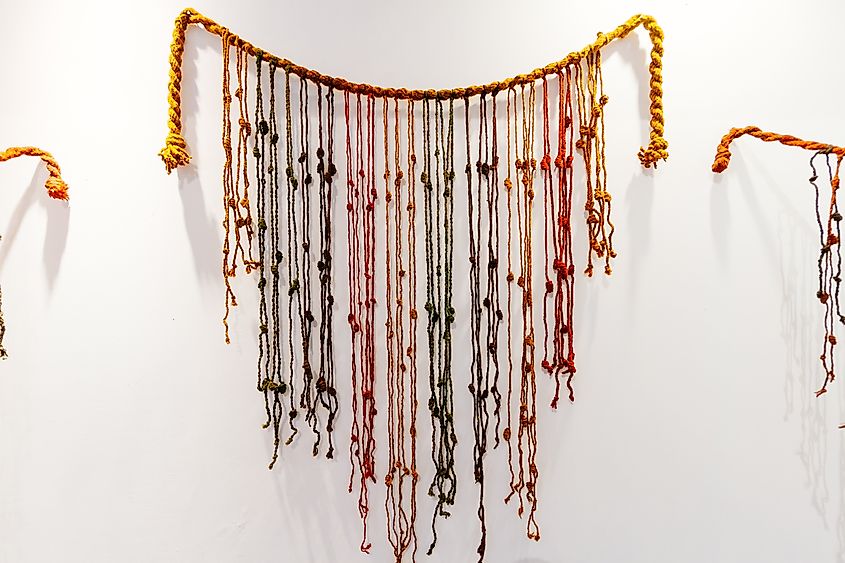
Other discoveries show that the people of Caral-Supe used quipu to record information. The quipu is a form of communication that is expressed through the use of colored string and rope. Various knots and color combinations signified different meanings. This system was also used by the Inca thousands of years later.
What Happened To The People Of The City?
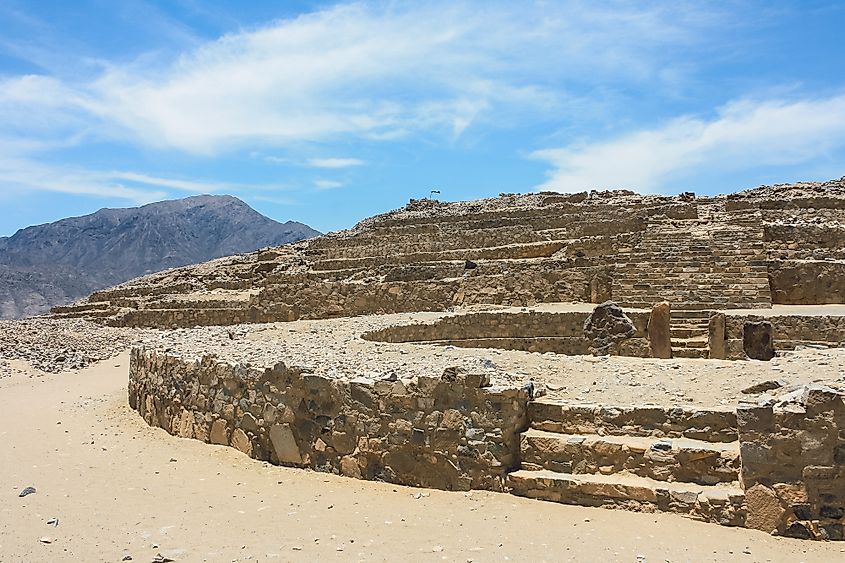
Evidence suggests that the people of Caral-Supe were part of a trade network that spanned at least the nearby area. Fish bones have been found in the city which would mean they would have had to trade for it giving up cotton or textiles in exchange.
Just about everything that we know about Caral-Supe would point to the city being a bustling hub of trade and culture at its height which makes it all the more confusing as to why the city was seemingly abandoned within only a few years.
This is not the only Amerindian civilization to mysteriously vanish either. Both the Mayans and Olmecs suffered a similar fate. However, in the case of Caral-Supe, there is no compelling evidence that would suggest a large earthquake, flood, or other natural disaster.
There is nothing concrete that points to a single event causing the city to collapse. It is much more likely that it was a combination of many different things taking place all at once. Regardless, the exact reason, or reasons, will likely remain a mystery.
Final Thoughts
There is still much to learn about the ancient city of Caval-Supe. Teams of archeologists are still excavating sites across the city and around the surrounding area in search of new clues that could provide a better idea of the culture, society, and day-to-day life of the residents of the city.
Only time will tell what experts are going to be able to find within the city and what that will be able to tell us about the mysterious lost city of Caval-Supe.











